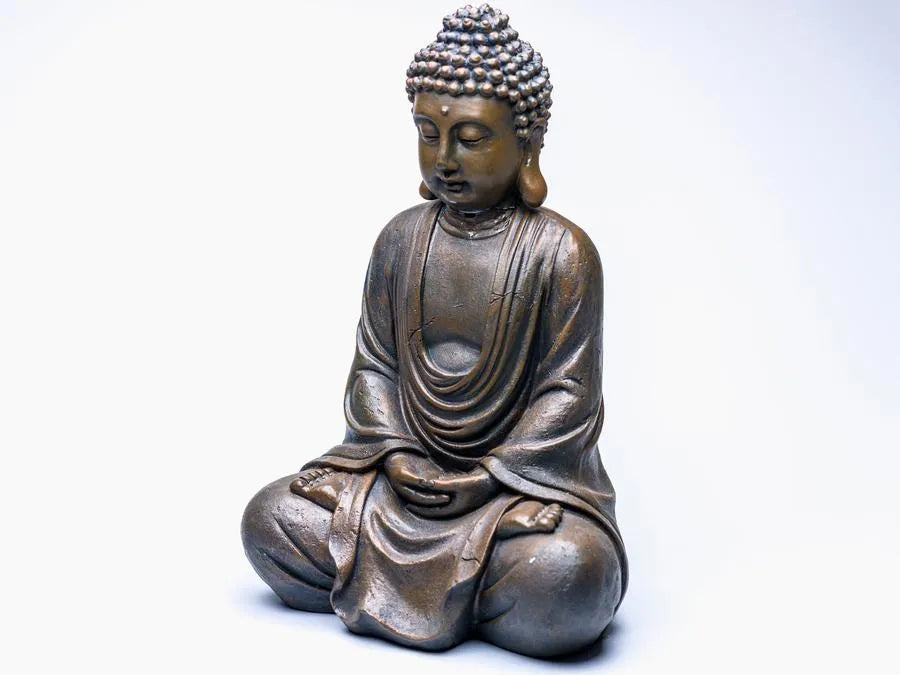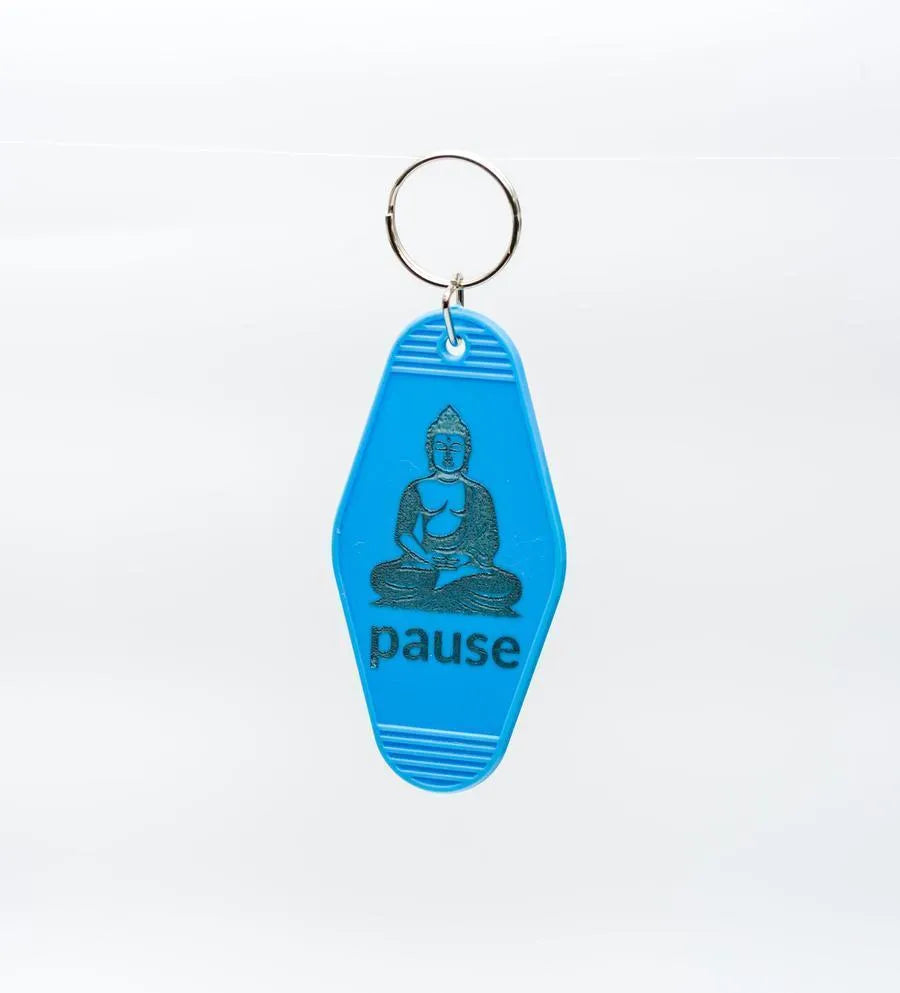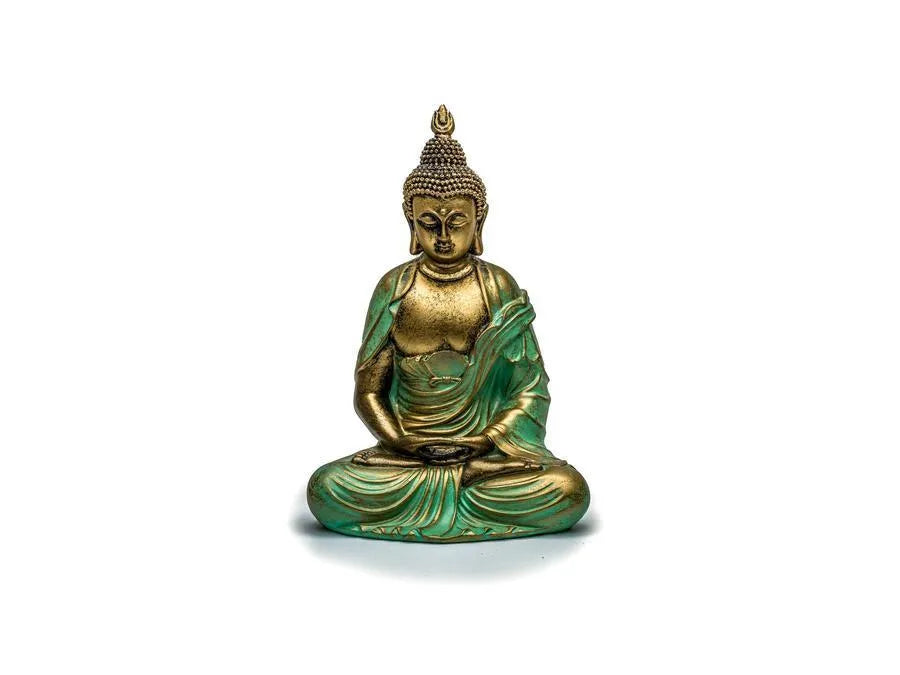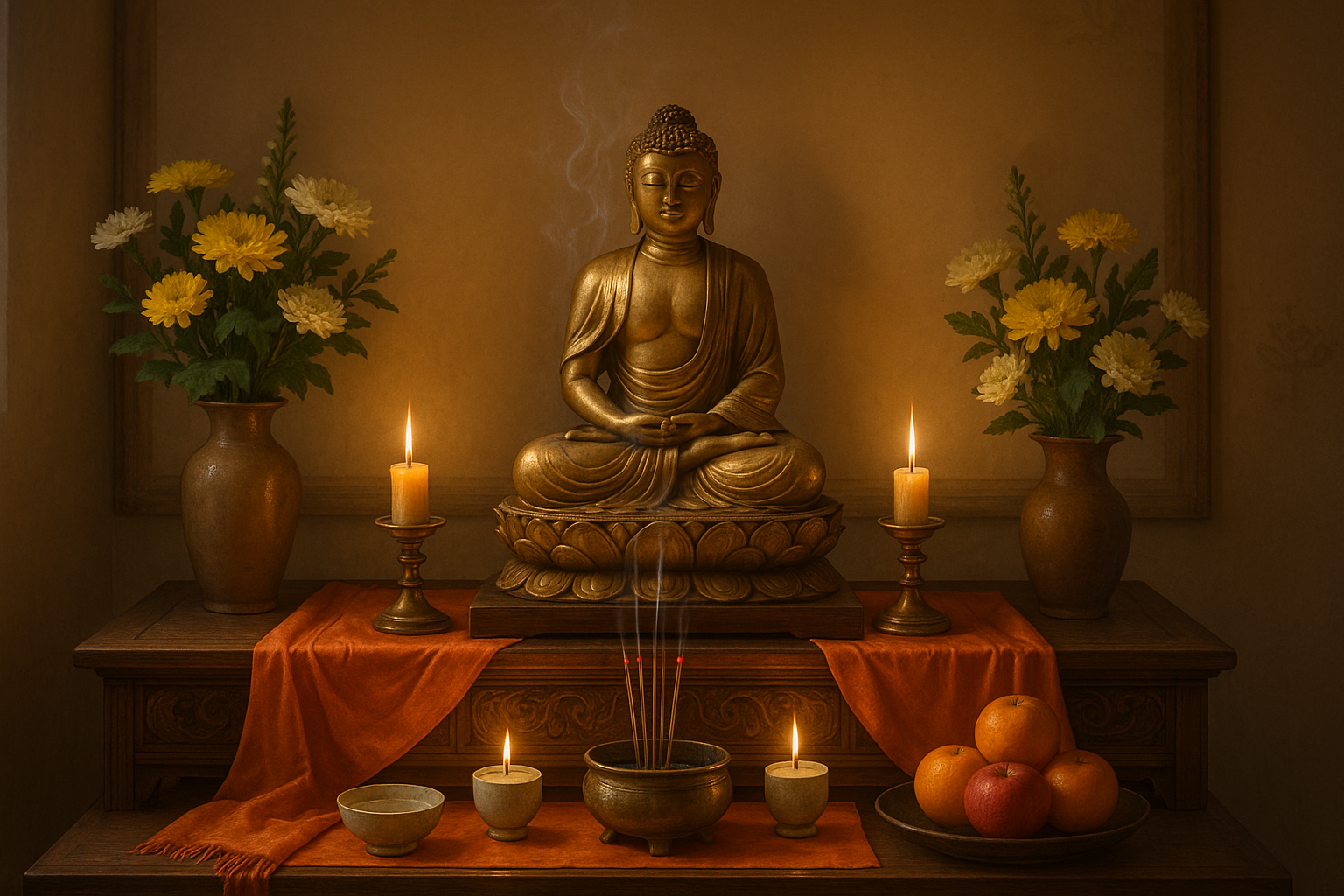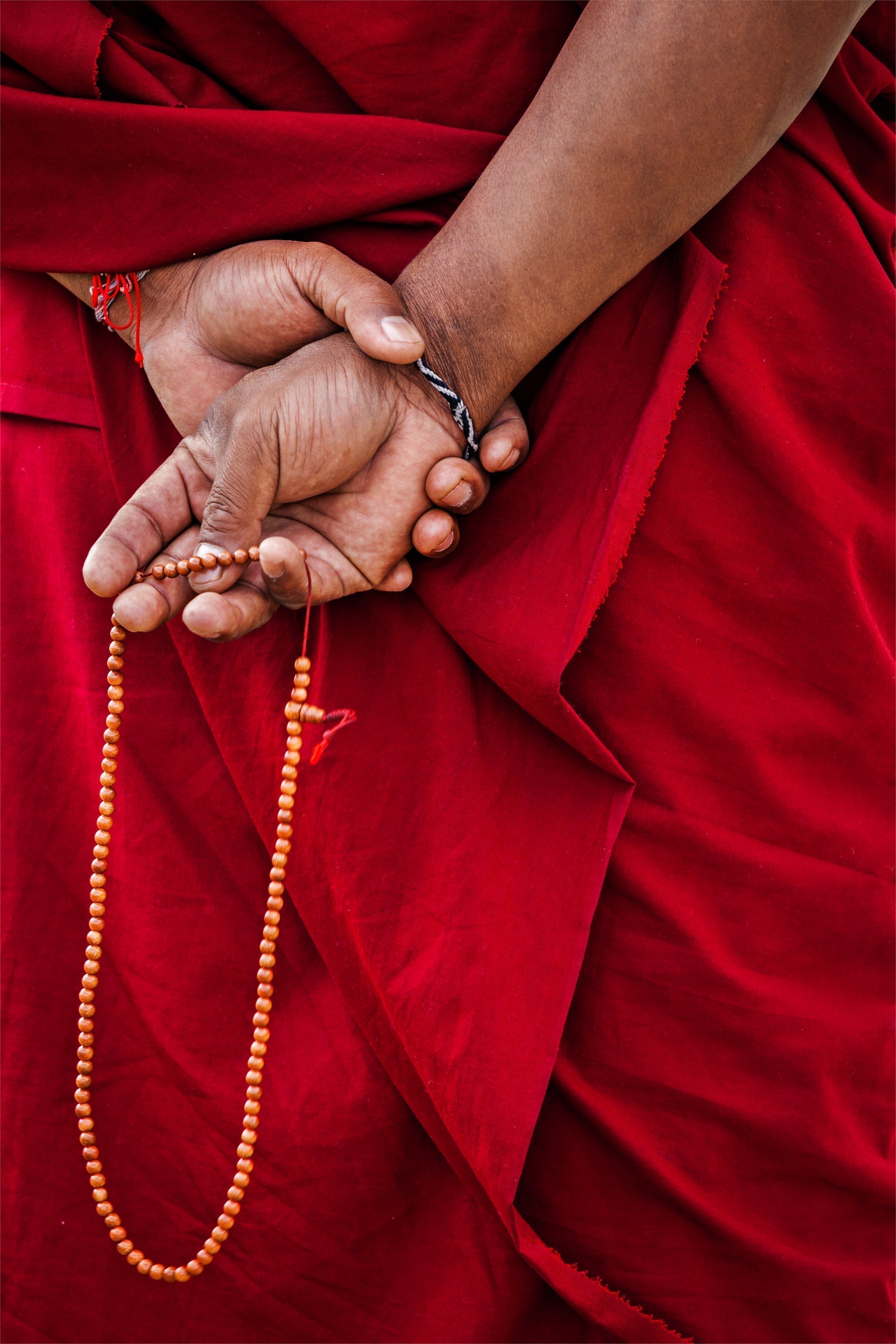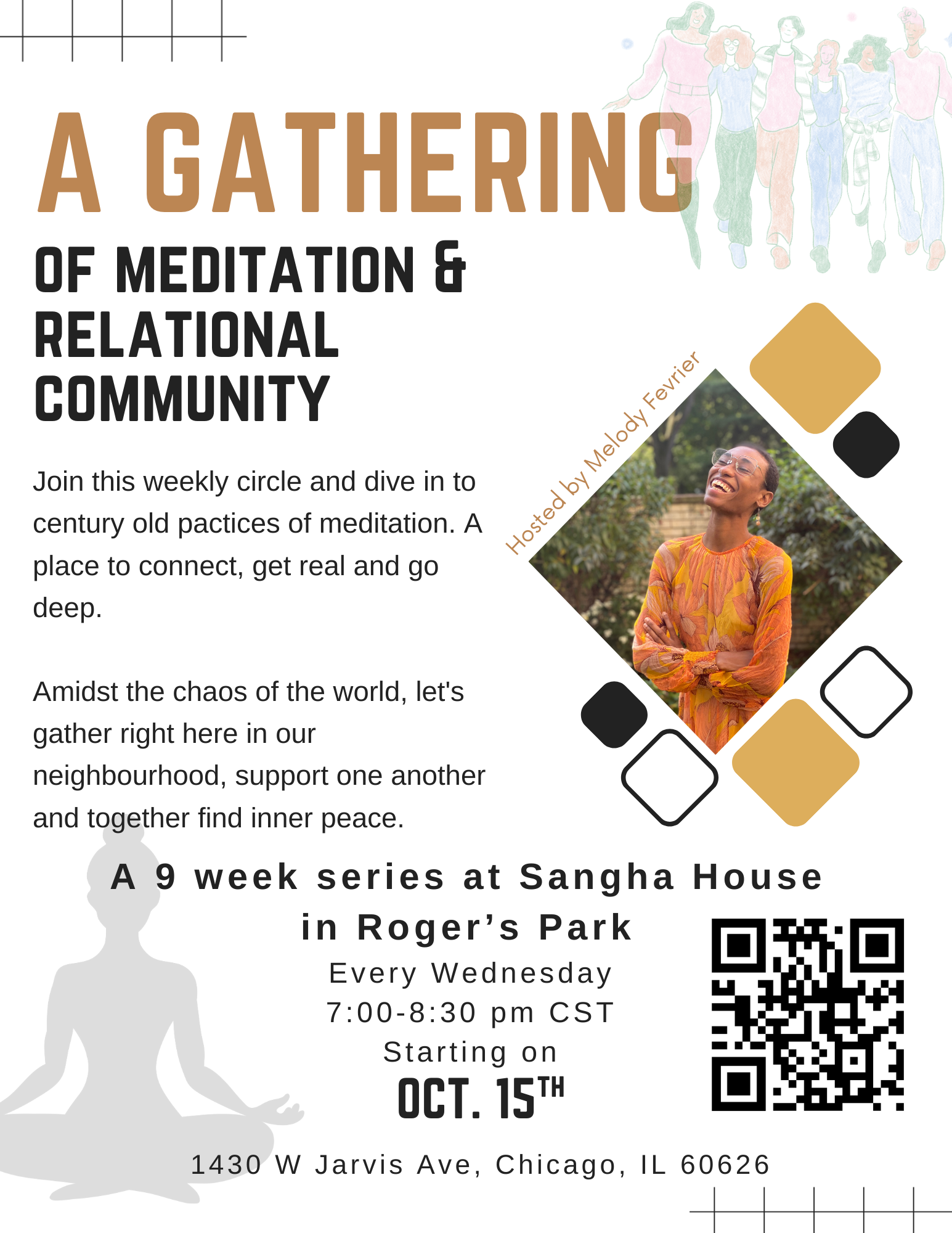Shopping cart
Your cart is empty.
Continue shoppingDr. Squatch Men's Soap Bar
Regular price
$7.00 USD
Sale price
$7.00 USD
Regular price
Unit price
/
per
Incense - Satya Nag Champa
Regular price
$5.00 USD
Sale price
$5.00 USD
Regular price
Unit price
/
per
Official Rogers Park Weirdo T-Shirt – Handmade at Sangha House
Regular price
$20.00 USD
Sale price
$20.00 USD
Regular price
Unit price
/
per
Palo Santo Incense Bundle (7 pcs.) – Sacred Cleansing & Meditation
Regular price
$5.00 USD
Sale price
$5.00 USD
Regular price
Unit price
/
per
Tibetan Prayer Flags (Wind Horse)
Regular price
From $5.00 USD
Sale price
From $5.00 USD
Regular price
Unit price
/
per
Sale Sale Sale Sale Sale Sale Sale Sale Sale Sale Sale Sale Sale Sale Sale
Tibetan Potala Incense | Traditional Himalayan Incense
Regular price
$5.00 USD
Sale price
$5.00 USD
Regular price
$7.99 USD
Unit price
/
per
Sale Sale Sale Sale Sale Sale Sale Sale Sale Sale Sale Sale Sale Sale Sale
Original Masala Chai Tea – Blue Lotus Chai
Regular price
$20.00 USD
Sale price
$20.00 USD
Regular price
$25.00 USD
Unit price
/
per
Sage Incense Bushel – Purify, Cleanse & Elevate Your Space
Regular price
$5.00 USD
Sale price
$5.00 USD
Regular price
Unit price
/
per
Sale Sale Sale Sale Sale Sale Sale Sale Sale Sale Sale Sale Sale Sale Sale
Golden Masala Flavor Chai - Blue Lotus Chai
Regular price
$20.00 USD
Sale price
$20.00 USD
Regular price
$25.00 USD
Unit price
/
per
Sale Sale Sale Sale Sale Sale Sale Sale Sale Sale Sale Sale Sale Sale Sale
Pema Chödrön's Compassion Cards: Teachings for Awakening the Heart in Everyday Life
Regular price
$16.95 USD
Sale price
$16.95 USD
Regular price
$17.00 USD
Unit price
/
per
Sangha House Soap Bar
Regular price
$5.00 USD
Sale price
$5.00 USD
Regular price
Unit price
/
per
Skull Candle (Small)
Regular price
$10.00 USD
Sale price
$10.00 USD
Regular price
Unit price
/
per
Sale Sale Sale Sale Sale Sale Sale Sale Sale Sale Sale Sale Sale Sale Sale
Tibetan Copper Filigree Bracelet – Handcrafted at Sangha House
Regular price
From $20.00 USD
Sale price
From $20.00 USD
Regular price
$35.00 USD
Unit price
/
per
Nag Champa Agarbatti - Satya Nag Champa
Regular price
$5.00 USD
Sale price
$5.00 USD
Regular price
Unit price
/
per
Large Resin Buddha - Handcrafted at Sangha House
Regular price
$45.00 USD
Sale price
$45.00 USD
Regular price
Unit price
/
per
Sale Sale Sale Sale Sale Sale Sale Sale Sale Sale Sale Sale Sale Sale Sale
Incense Sand (Black) – Keep Your Burn Game Strong
Regular price
$6.00 USD
Sale price
$6.00 USD
Regular price
$10.00 USD
Unit price
/
per
Sale Sale Sale Sale Sale Sale Sale Sale Sale Sale Sale Sale Sale Sale Sale
Amethyst Mala - Meditation & Prayer Beads
Regular price
$30.00 USD
Sale price
$30.00 USD
Regular price
$35.00 USD
Unit price
/
per
Sale Sale Sale Sale Sale Sale Sale Sale Sale Sale Sale Sale Sale Sale Sale
Lotus Metal Incense Holder
Regular price
$5.00 USD
Sale price
$5.00 USD
Regular price
$10.00 USD
Unit price
/
per
Sale Sale Sale Sale Sale Sale Sale Sale Sale Sale Sale Sale Sale Sale Sale
Round Meditation Cushion Zafu
Regular price
$55.00 USD
Sale price
$55.00 USD
Regular price
$60.00 USD
Unit price
/
per
The Pocket Thich Nhat Hanh (Shambhala Pocket Classics)
Regular price
$9.95 USD
Sale price
$9.95 USD
Regular price
Unit price
/
per
String Bracelet Collection Bundle (5 Pcs)
Regular price
$10.00 USD
Sale price
$10.00 USD
Regular price
Unit price
/
per
Sale Sale Sale Sale Sale Sale Sale Sale Sale Sale Sale Sale Sale Sale Sale
Breathe & Pause Buddhist Hotel FOB Keychains
Regular price
$4.99 USD
Sale price
$4.99 USD
Regular price
$5.00 USD
Unit price
/
per
Sale Sale Sale Sale Sale Sale Sale Sale Sale Sale Sale Sale Sale Sale Sale
Organic Rooibos Masala Chai Tea – Blue Lotus Chai
Regular price
$20.00 USD
Sale price
$20.00 USD
Regular price
$35.00 USD
Unit price
/
per
Shakti Style Acupressure Mat
Regular price
$60.00 USD
Sale price
$60.00 USD
Regular price
Unit price
/
per
Sale Sale Sale Sale Sale Sale Sale Sale Sale Sale Sale Sale Sale Sale Sale
Traditional Chinese Massage Balls
Regular price
$29.99 USD
Sale price
$29.99 USD
Regular price
$30.00 USD
Unit price
/
per
Sale Sale Sale Sale Sale Sale Sale Sale Sale Sale Sale Sale Sale Sale Sale
Yoga Rug - Cotton - Made in Nepal
Regular price
$35.00 USD
Sale price
$35.00 USD
Regular price
$50.00 USD
Unit price
/
per
Sale Sale Sale Sale Sale Sale Sale Sale Sale Sale Sale Sale Sale Sale Sale
Skull Bead Mala Bracelet – Black Tibetan Howlite
Regular price
$20.00 USD
Sale price
$20.00 USD
Regular price
$25.00 USD
Unit price
/
per
Sale Sale Sale Sale Sale Sale Sale Sale Sale Sale Sale Sale Sale Sale Sale
Aesop Coriander Seed Body Cleanser – 500ml | Sangha Shop
Regular price
$45.00 USD
Sale price
$45.00 USD
Regular price
$48.00 USD
Unit price
/
per
Sale Sale Sale Sale Sale Sale Sale Sale Sale Sale Sale Sale Sale Sale Sale
Sandalwood Stick Incense (Wood) (6pcs.) Made at Sangha House
Regular price
$10.00 USD
Sale price
$10.00 USD
Regular price
$25.00 USD
Unit price
/
per
Sale Sale Sale Sale Sale Sale Sale Sale Sale Sale Sale Sale Sale Sale Sale
Hot Stones Massage Set | 8-Piece Basalt Stones
Regular price
$23.00 USD
Sale price
$23.00 USD
Regular price
$35.00 USD
Unit price
/
per
Mindful As F**K T-Shirt
Regular price
$20.00 USD
Sale price
$20.00 USD
Regular price
Unit price
/
per
Turquoise and Rosewood Mala - Meditation & Prayer Beads
Regular price
$25.00 USD
Sale price
$25.00 USD
Regular price
Unit price
/
per
Sale Sale Sale Sale Sale Sale Sale Sale Sale Sale Sale Sale Sale Sale Sale
Buddhist Stories for Kids: Jataka Tales of Kindness, Friendship, and Forgiveness
Regular price
$18.95 USD
Sale price
$18.95 USD
Regular price
$19.00 USD
Unit price
/
per
Sale Sale Sale Sale Sale Sale Sale Sale Sale Sale Sale Sale Sale Sale Sale
Red Woven String Bracelet - Handmade at Sangha House
Regular price
$5.00 USD
Sale price
$5.00 USD
Regular price
$20.00 USD
Unit price
/
per
Sandalwood Incense - Satya Nag Champa
Regular price
$5.00 USD
Sale price
$5.00 USD
Regular price
Unit price
/
per
Sale Sale Sale Sale Sale Sale Sale Sale Sale Sale Sale Sale Sale Sale Sale
Narcan Time Machine T-Shirt
Regular price
$20.00 USD
Sale price
$20.00 USD
Regular price
$28.00 USD
Unit price
/
per
Sale Sale Sale Sale Sale Sale Sale Sale Sale Sale Sale Sale Sale Sale Sale
Brass Incense Holder Bowl – Handcrafted for Meditation & Rituals
Regular price
$10.00 USD
Sale price
$10.00 USD
Regular price
$15.00 USD
Unit price
/
per
Sale Sale Sale Sale Sale Sale Sale Sale Sale Sale Sale Sale Sale Sale Sale
Bearing the Unbearable: Love, Loss, and the Heartbreaking Path of Grief
Regular price
$20.00 USD
Sale price
$20.00 USD
Regular price
$30.00 USD
Unit price
/
per
Tibetan Turquoise Mala Bracelet
Regular price
$20.00 USD
Sale price
$20.00 USD
Regular price
Unit price
/
per
Tibetan Sacred Incense Collection – Meditation Incense
Regular price
$20.00 USD
Sale price
$20.00 USD
Regular price
Unit price
/
per
Akira Crew Sweatshirt
Regular price
$25.00 USD
Sale price
$25.00 USD
Regular price
Unit price
/
per
Sobriety Jar Candles – Handcrafted at Sangha House
Regular price
From $5.00 USD
Sale price
From $5.00 USD
Regular price
Unit price
/
per
MF DOOM – ALLCAPS T-Shirt | Tribute Streetwear
Regular price
$20.00 USD
Sale price
$20.00 USD
Regular price
Unit price
/
per
Sale Sale Sale Sale Sale Sale Sale Sale Sale Sale Sale Sale Sale Sale Sale
Let That S**t Go Keychain
Regular price
$4.99 USD
Sale price
$4.99 USD
Regular price
$5.00 USD
Unit price
/
per
Sale Sale Sale Sale Sale Sale Sale Sale Sale Sale Sale Sale Sale Sale Sale
Small Concrete Buddha Statue
Regular price
$3.00 USD
Sale price
$3.00 USD
Regular price
$5.00 USD
Unit price
/
per
Sale Sale Sale Sale Sale Sale Sale Sale Sale Sale Sale Sale Sale Sale Sale
Cold Marble Massage Stones – Handcrafted at Sangha House
Regular price
$29.99 USD
Sale price
$29.99 USD
Regular price
$30.00 USD
Unit price
/
per
Sale Sale Sale Sale Sale Sale Sale Sale Sale Sale Sale Sale Sale Sale Sale
The Heart of the Buddha's Teaching: Transforming Suffering into Peace, Joy, and Liberation
Regular price
$17.99 USD
Sale price
$17.99 USD
Regular price
$18.00 USD
Unit price
/
per
Sale Sale Sale Sale Sale Sale Sale Sale Sale Sale Sale Sale Sale Sale Sale
Frankincense Incense - Satya Nag Champa
Regular price
$5.00 USD
Sale price
$5.00 USD
Regular price
$6.00 USD
Unit price
/
per
Sale Sale Sale Sale Sale Sale Sale Sale Sale Sale Sale Sale Sale Sale Sale
Antiqued Buddha Statue (Gold and Turquoise) – Handcrafted Tibetan-Inspired Décor
Regular price
$25.00 USD
Sale price
$25.00 USD
Regular price
$30.00 USD
Unit price
/
per
Skull Candle (Without Mandible)
Regular price
$20.00 USD
Sale price
$20.00 USD
Regular price
Unit price
/
per
Almost there, add $75.00 USD more to get FREE SHIPPING
Now you are eligible FREE SHIPPING














